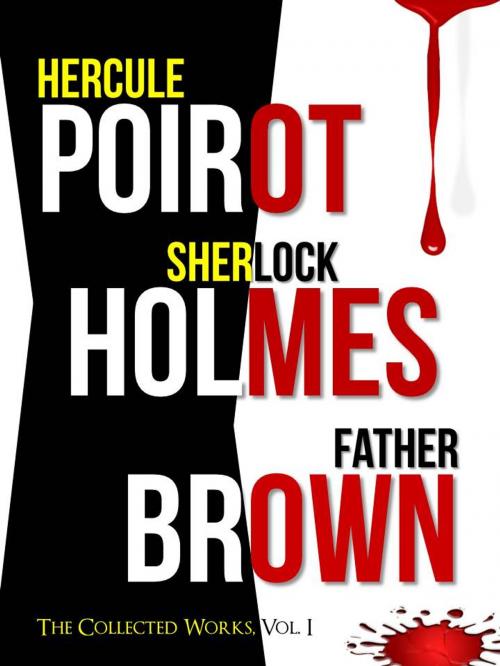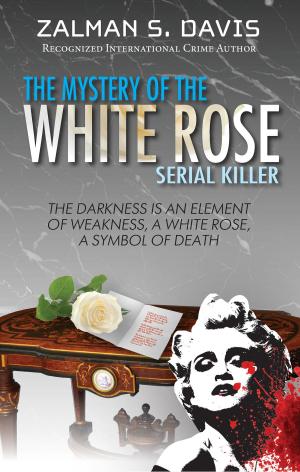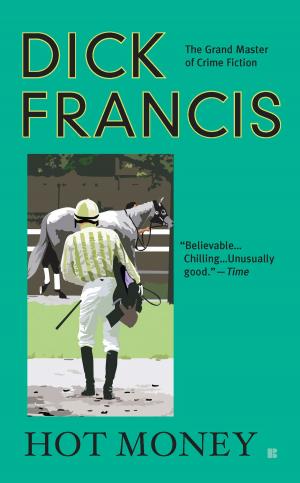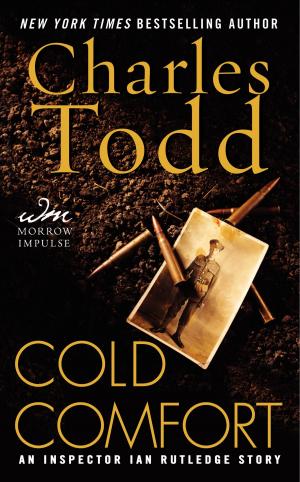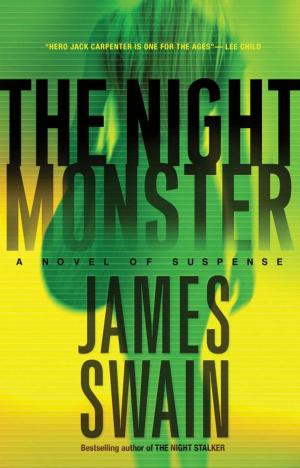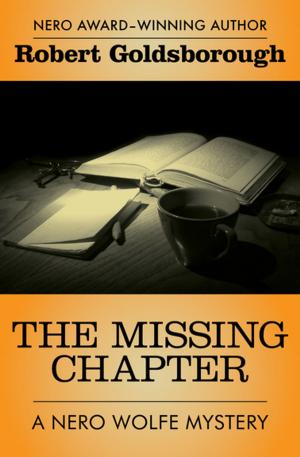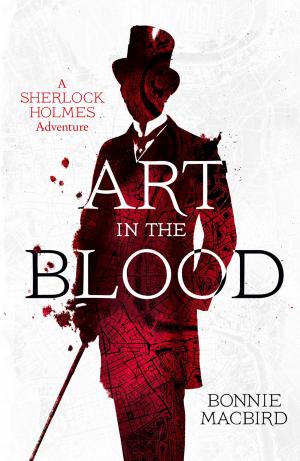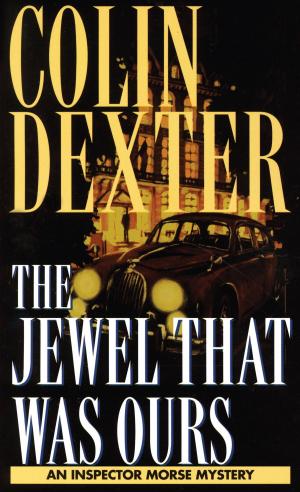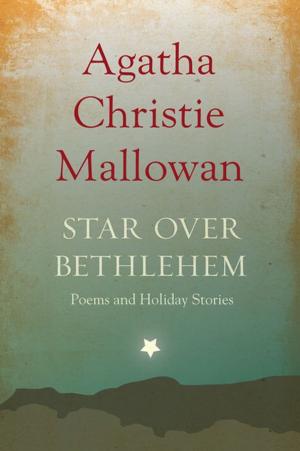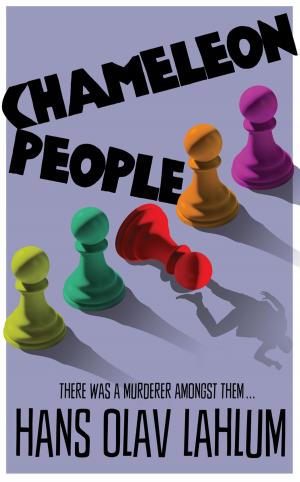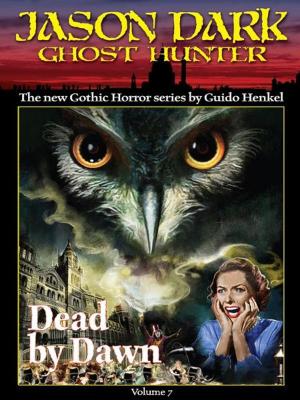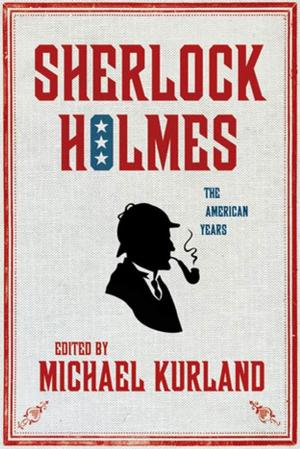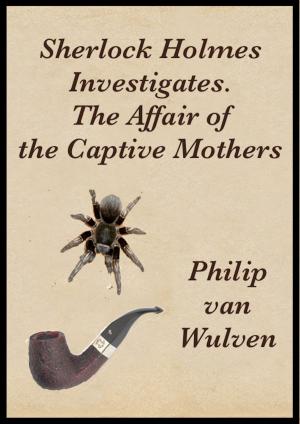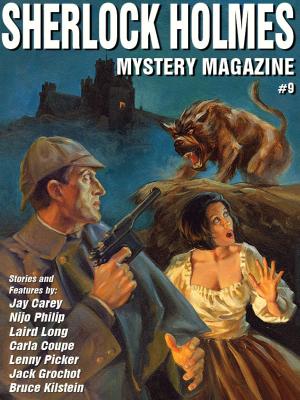THE COMPLETE HERCULE POIROT, SHERLOCK HOLMES & FATHER BROWN COLLECTION!
The Collected Works, Vol 1
Fiction & Literature, Movie & Television Tie-Ins, Mystery & Suspense, Traditional British| Author: | Agatha Christie, G.K. Chesterton, Sir Arthur Conan Doyle | ISBN: | 1230000102901 |
| Publisher: | Hercule Poirot, Sherlock Holmes, Father Brown | Publication: | December 8, 2012 |
| Imprint: | Hercule Poirot, Sherlock Holmes, Father Brown Collection | Language: | English |
| Author: | Agatha Christie, G.K. Chesterton, Sir Arthur Conan Doyle |
| ISBN: | 1230000102901 |
| Publisher: | Hercule Poirot, Sherlock Holmes, Father Brown |
| Publication: | December 8, 2012 |
| Imprint: | Hercule Poirot, Sherlock Holmes, Father Brown Collection |
| Language: | English |
THE COMPLETE HERCULE POIROT, SHERLOCK HOLMES AND FATHER BROWN COLLECTION, VOL. I
(Worldwide Bestseller)
by AGATHA CHRISTIE, SIR ARTHUR CONAN DOYLE & G.K. CHESTERTON
(All Time Bestselling Authors Over 5 Billion Books Sold!)
OVER 150 MYSTERIES IN 1 VOLUME!
The Three Best Read and Best Loved Detective Characters come together for the very first time in a single volume of over 150 mysteries.
Includes classic stories featuring Hercule Poirot, Sherlock Holmes and Father Brown by Agatha Christie, Sir Arthur Conan Doyle and G.K. Chesterton.
ABOUT HERCULE POIROT
Hercule Poirot is a fictional Belgian detective created by Agatha Christie. Along with Miss Marple, Poirot is one of Christie's most famous and long-lived characters, appearing in 33 novels and 51 short stories published between 1920 and 1975 and set in the same era. Poirot's first appearance was in The Mysterious Affair at Styles (published 1920) and his last in Curtain (published 1975, the year before Christie died). On publication of the latter, Poirot was the only fictional character to be given an obituary in the New York Times; 6 August 1975 "Hercule Poirot is Dead; Famed Belgian Detective".
In The Mysterious Affair at Styles, Poirot operates as a fairly conventional, clue-based detective, depending on logic, which is represented in his vocabulary by two common phrases: his use of "the little grey cells" and "order and method". Irritating to Hastings is the fact that Poirot will sometimes conceal from him important details of his plans. As early as Murder on the Links, where he still largely depends on clues, Poirot mocks a rival "bloodhound" detective who focuses on the traditional trail of clues that had been established in detective fiction by the example of Sherlock Holmes: footprints, fingerprints and cigar ash. From this point on he establishes himself as a psychological detective who proceeds not by a painstaking examination of the crime scene, but by enquiring either into the nature of the victim or the psychology of the murderer. Central to his behaviour in the later novels is the underlying assumption that particular crimes are only committed by particular types of people.
ABOUT SHERLOCK HOLMES
Sherlock Holmes is a fictional detective created by Scottish author and physician Sir Arthur Conan Doyle. The fantastic London-based "consulting detective", Holmes is famous for his astute logical reasoning, his ability to take almost any disguise, and his use of forensic science skills to solve difficult cases.
Holmes, who first appeared in publication in 1887, was featured in four novels and 56 short stories. The first story, A Study in Scarlet, appeared in Beeton's Christmas Annual in 1887 and the second, The Sign of the Four, in Lippincott's Monthly Magazine in 1890. The character grew tremendously in popularity with the beginning of the first series of short stories in Strand Magazine in 1891; further series of short stories and two novels published in serial form appeared between then and 1927. The stories cover a period from around 1880 up to 1914.
ABOUT FATHER BROWN
Father Brown is a fictional character created by English novelist G. K. Chesterton, who stars in 52 short stories, later compiled in five books. Chesterton based the character on Father John O'Connor (1870–1952), a parish priest in Bradford who was involved in Chesterton's conversion to Catholicism in 1922.
Father Brown's methods tend to be intuitive rather than deductive. He explains his method in 'The Secret of Father Brown':
"You see, I had murdered them all myself.... I had planned out each of the crimes very carefully. I had thought out exactly how a thing like that could be done, and in what style or state of mind a man could really do it. And when I was quite sure that I felt exactly like the murderer myself, of course I knew who he was."
Father Brown's abilities are also considerably shaped by his experience as a priest and confessor. In "The Blue Cross", when asked by Flambeau, who has been masquerading as a priest, how he knew of all sorts of criminal "horrors," he responds: "Has it never struck you that a man who does next to nothing but hear men's real sins is not likely to be wholly unaware of human evil?" He also states a reason why he knew Flambeau was not a priest: "You attacked reason. It's bad theology." And indeed, the stories normally contain a rational explanation of who the murderer was and how Brown worked it out.
THE COMPLETE HERCULE POIROT, SHERLOCK HOLMES AND FATHER BROWN COLLECTION, VOL. I
(Worldwide Bestseller)
by AGATHA CHRISTIE, SIR ARTHUR CONAN DOYLE & G.K. CHESTERTON
(All Time Bestselling Authors Over 5 Billion Books Sold!)
OVER 150 MYSTERIES IN 1 VOLUME!
The Three Best Read and Best Loved Detective Characters come together for the very first time in a single volume of over 150 mysteries.
Includes classic stories featuring Hercule Poirot, Sherlock Holmes and Father Brown by Agatha Christie, Sir Arthur Conan Doyle and G.K. Chesterton.
ABOUT HERCULE POIROT
Hercule Poirot is a fictional Belgian detective created by Agatha Christie. Along with Miss Marple, Poirot is one of Christie's most famous and long-lived characters, appearing in 33 novels and 51 short stories published between 1920 and 1975 and set in the same era. Poirot's first appearance was in The Mysterious Affair at Styles (published 1920) and his last in Curtain (published 1975, the year before Christie died). On publication of the latter, Poirot was the only fictional character to be given an obituary in the New York Times; 6 August 1975 "Hercule Poirot is Dead; Famed Belgian Detective".
In The Mysterious Affair at Styles, Poirot operates as a fairly conventional, clue-based detective, depending on logic, which is represented in his vocabulary by two common phrases: his use of "the little grey cells" and "order and method". Irritating to Hastings is the fact that Poirot will sometimes conceal from him important details of his plans. As early as Murder on the Links, where he still largely depends on clues, Poirot mocks a rival "bloodhound" detective who focuses on the traditional trail of clues that had been established in detective fiction by the example of Sherlock Holmes: footprints, fingerprints and cigar ash. From this point on he establishes himself as a psychological detective who proceeds not by a painstaking examination of the crime scene, but by enquiring either into the nature of the victim or the psychology of the murderer. Central to his behaviour in the later novels is the underlying assumption that particular crimes are only committed by particular types of people.
ABOUT SHERLOCK HOLMES
Sherlock Holmes is a fictional detective created by Scottish author and physician Sir Arthur Conan Doyle. The fantastic London-based "consulting detective", Holmes is famous for his astute logical reasoning, his ability to take almost any disguise, and his use of forensic science skills to solve difficult cases.
Holmes, who first appeared in publication in 1887, was featured in four novels and 56 short stories. The first story, A Study in Scarlet, appeared in Beeton's Christmas Annual in 1887 and the second, The Sign of the Four, in Lippincott's Monthly Magazine in 1890. The character grew tremendously in popularity with the beginning of the first series of short stories in Strand Magazine in 1891; further series of short stories and two novels published in serial form appeared between then and 1927. The stories cover a period from around 1880 up to 1914.
ABOUT FATHER BROWN
Father Brown is a fictional character created by English novelist G. K. Chesterton, who stars in 52 short stories, later compiled in five books. Chesterton based the character on Father John O'Connor (1870–1952), a parish priest in Bradford who was involved in Chesterton's conversion to Catholicism in 1922.
Father Brown's methods tend to be intuitive rather than deductive. He explains his method in 'The Secret of Father Brown':
"You see, I had murdered them all myself.... I had planned out each of the crimes very carefully. I had thought out exactly how a thing like that could be done, and in what style or state of mind a man could really do it. And when I was quite sure that I felt exactly like the murderer myself, of course I knew who he was."
Father Brown's abilities are also considerably shaped by his experience as a priest and confessor. In "The Blue Cross", when asked by Flambeau, who has been masquerading as a priest, how he knew of all sorts of criminal "horrors," he responds: "Has it never struck you that a man who does next to nothing but hear men's real sins is not likely to be wholly unaware of human evil?" He also states a reason why he knew Flambeau was not a priest: "You attacked reason. It's bad theology." And indeed, the stories normally contain a rational explanation of who the murderer was and how Brown worked it out.
